Persian Lime Tree
$109.50 Original price was: $109.50.$76.65Current price is: $76.65.
- Free Shipping over $25
- Fast & reliable delivery options
- Enjoy top quality items for less
- Multiple safe payment methods

Limes are one of the most useful fruits around, because they are used not only in great drinks like daiquiris, Cuban mojitos, and Brazilian caipirinhas, but also in pies, as well as in Asian cooking. You can also make your own delicious limeade as a refreshing summer drink. They are often more expensive than lemons, so having your own tree is a great way to save and enjoy your very own natural fruit straight from the tree.
The Persian Lime Tree is one of the most popular varieties of lime that is easy to grow and as hardy as the lemon tree. A big feature of this tree is the absence of thorns, which so many other citrus trees have. This makes handling your tree, especially if grown in a pot, much easier and safer. It grows into a lovely tree, with glossy evergreen leaves of a rich green, and it is beautiful all year round. The branches arch outwards slightly, giving this tree a graceful form. Smothered in blossoms, or laden with fruit, it is always a beautiful sight.
Growing Persian Lime Trees
Planted outdoors in zones 9 and 10, the Persian Lime Tree will grow 15 to 20 feet tall, but it is easy to keep it about 6 feet tall when you grow it in a pot. This tree is more cold-resistant than most other citrus, but even so it can only take a degree or two of frost for a few hours. If you live in a colder area, you can easily grow it in a large pot.
Growing in a Pot
If you will be growing your Persian Lime Tree in a pot, make sure it has drainage, and use a potting soil that is well-drained, preferably one designed for citrus trees. Otherwise mix 2 parts houseplant soil with 1 part of cactus soil. Water thoroughly every time the top two inches of the soil have dried out. Use a liquid citrus fertilizer regularly, according to the instructions of the brand you use. Keep the pot outdoors in a sunny place until the night temperatures reach about 45 degrees. Then move it indoors to a brightly-lit, but cool place. 50 degrees is a good winter temperature to grow at. Place it back outside when night temperatures return to 45 or 50 degrees.
Flowers and Fruits
Your Persian Lime Tree will usually flower between January and early spring, depending on the growing conditions. Fruit will develop steadily, and between June and September you should have fruit you can pick. The round fruits are a good two inches in diameter, with a thin, smooth skin, so they contain lots of juice. The juice content rises the longer you leave the fruits on the tree, but by early winter the skins will begin to turn yellow, and fruit will naturally start to fall from the tree. Harvest your crop and store it in a cool place. Do not place in plastic bags, but instead use paper bags so that the fruit does not ‘sweat’ and rot. It will store for many weeks.
Pruning and Maintenance
If you need to prune your tree, do it after harvest and before flowering. Keep an open structure – don’t trim into a tight bush, which reduces sunlight inside the tree and so reduces both flowering and ripening of the limes. In a pot, removing small branches from time to time is better than doing a major trim, and always feed well after pruning your tree.
History and Origins of the Persian Lime Tree
The Persian Lime Tree has been grown in California since the 19th century, but it has a complex origin. It is believed to be a hybrid between the Key Lime (Citrus aurantiifolia) and Citron (Citrus medica), or possibly lemon (Citrus limon). It originated in the Middle East in the distant past, in the country once called Persia – today called Iran. From there it was grown around the Mediterranean for centuries, and then taken by Portuguese traders to Brazil. From there it was taken to Australia and finally to Tahiti. When it was first brought to California from that Pacific Island, it was called the Tahiti Lime, but once its origin was clearer, it became the Persian Lime Tree.
Buying Persian Lime Trees
Our trees are grown from stem cuttings joined to the roots of other seedling citrus trees. Your tree has not been grown from seed, which is a poor way of growing them. You may find cheaper seedling trees, but these will be very variable, unreliable, and may take many years to flower. This popular fruit is among the easiest citrus plants to grow, and produces a bumper crop, even on young plants. Our stock will not last long, so order now and avoid being disappointed. Citrus growing is fun and easy, no matter where you live.
Be the first to review “Persian Lime Tree” Cancel reply
Related products
Apple Trees
Fig Trees
Cherry Trees
Cherry Trees
Berry Bushes
Berry Bushes
Citrus Trees
Citrus Trees


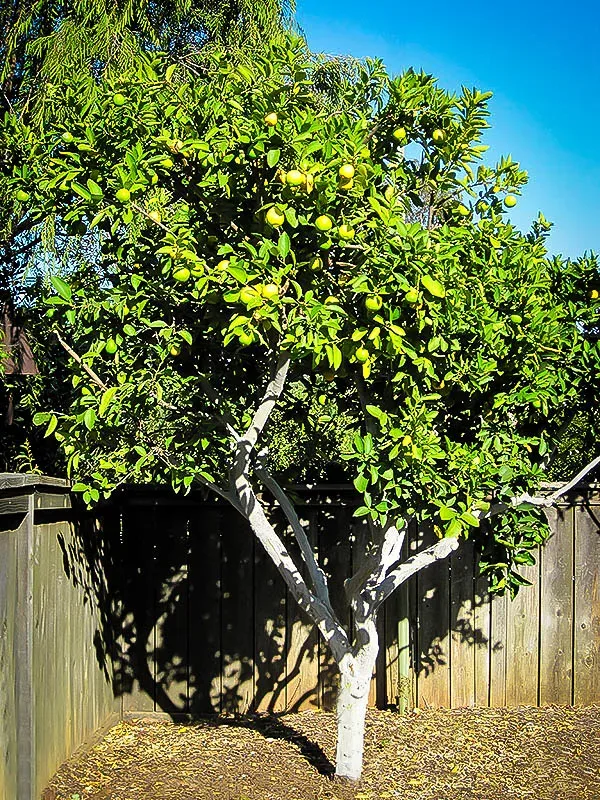
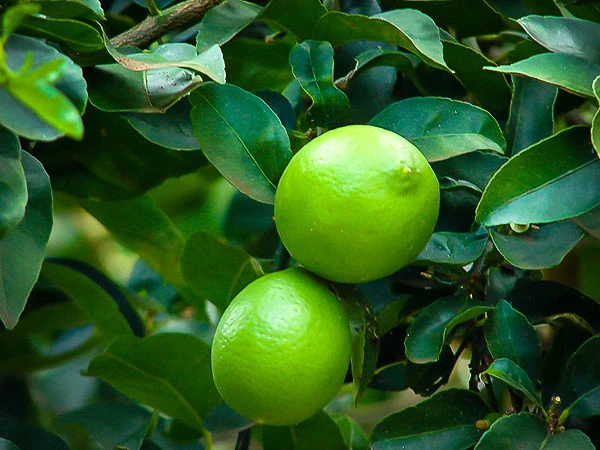
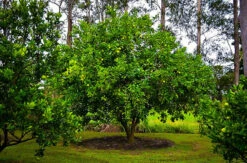
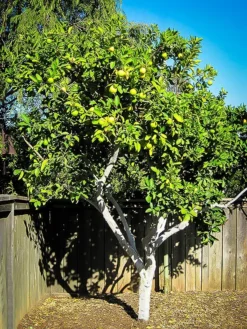


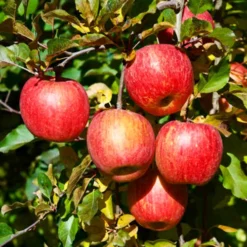
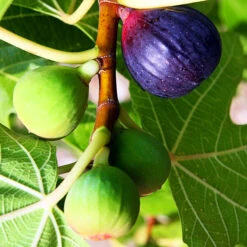
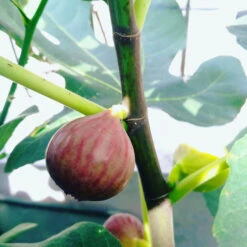
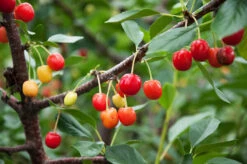

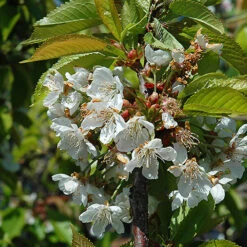
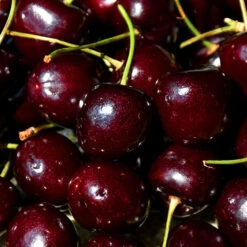


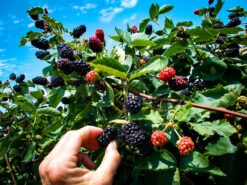
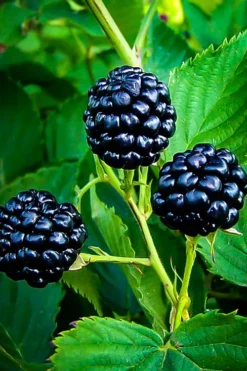
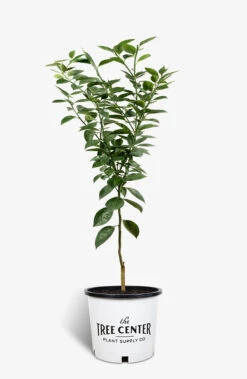

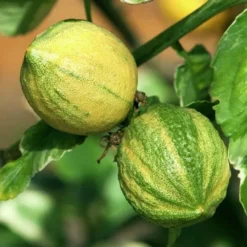

Reviews
There are no reviews yet.